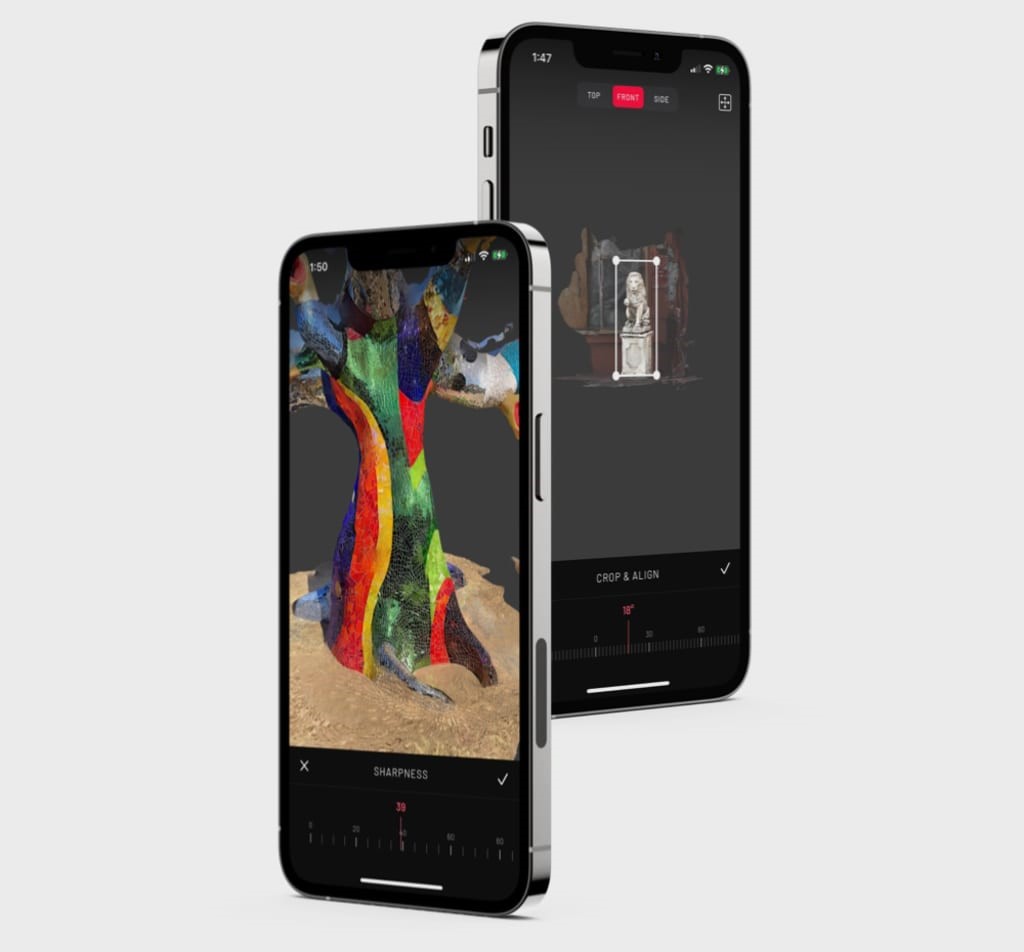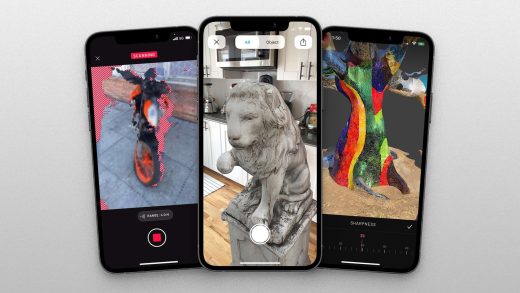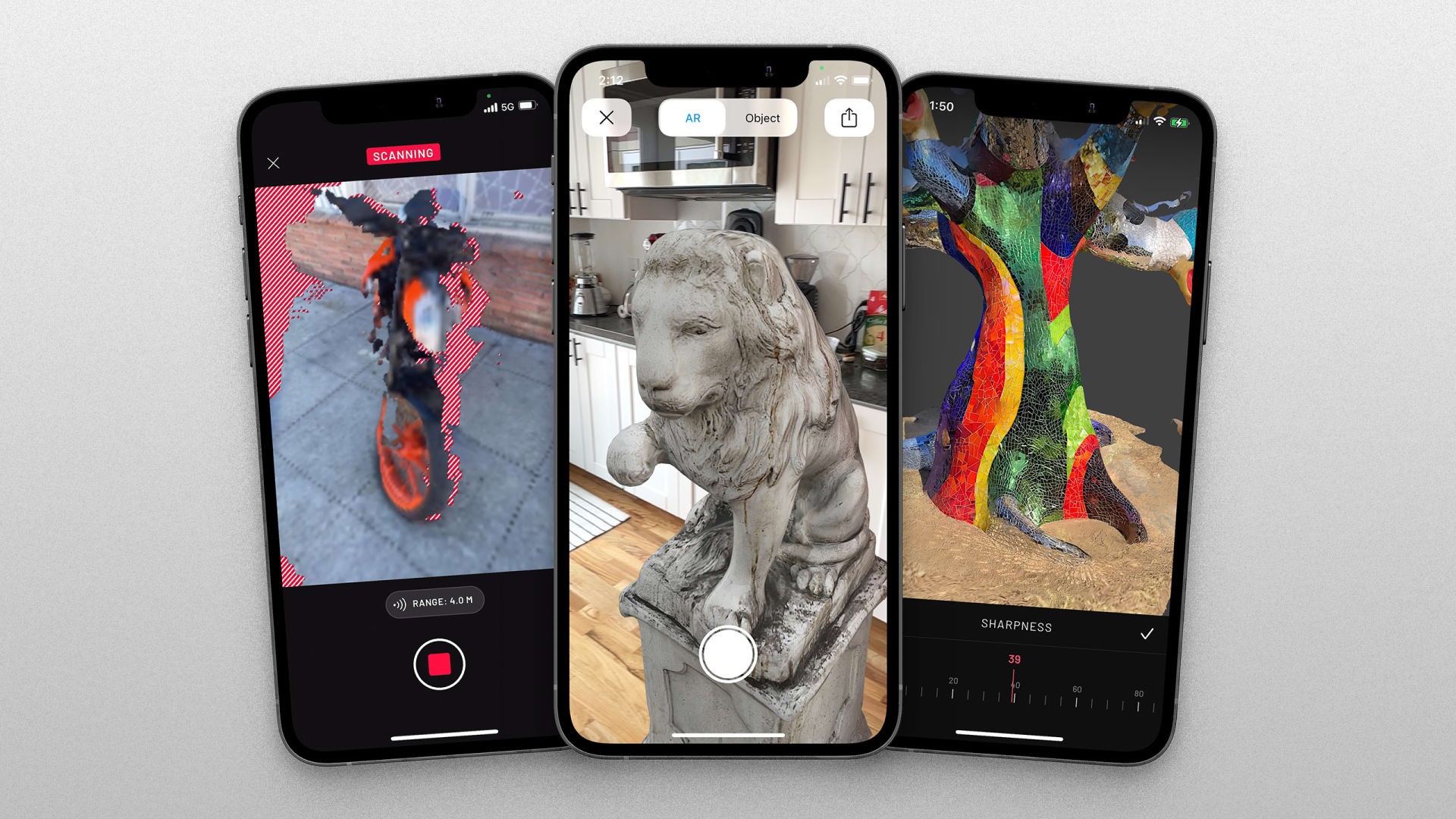Niantic wants users to share 3D scans of their favorite landmarks
August 26, 2024
Niantic wants users to share 3D scans of their favorite landmarks
Users can share 3D images of public sites and art on a public map—and potentially see them in future AR and VR games.
Niantic is hoping to make 3D scans go viral.
The company on Monday released Scaniverse 4, the latest version of its app that allows users to capture 3D scans of their environments or particular objects, from statues in a nearby park to a home-cooked meal. The new app version encourages users to upload photos taken in public places to a public map, where others can use them to plan vacations, reminisce about favorite spots in their hometowns, or even build their own virtual and augmented reality games.
“We’ve definitely seen, even with our internal testing, that people are very, very excited to bring their locations onto the map,” says Brian McLendon, senior vice president of engineering at Niantic. “We think we can attract a community of content creators, but then have a much larger audience of content explorers who go out and find interesting locations that are posted by others.”
Niantic, which acquired Scaniverse in 2021, has long been known for video games like Pokémon Go and Ingress, which encourage players to visit real-world locations either physically or virtually and even, in some cases, help add new landmarks to the game maps. And as players captured photos at points of prominence, the company could use this visual data to build detailed internal maps, understanding the location and orientation of objects and players at a park or street corner.

Now, Niantic is inviting Scaniverse users to contribute to a similar public map, and McLendon—who was previously instrumental in the development of Google Earth—thinks users will be excited to share scans of local landmarks and places they visit the way early Google Earth users shared sites they spotted on satellite maps. In addition to the public map, the app includes a “Discover” map that highlights interesting scans from around the world, and the company is setting up a discussion forum for avid Scaniverse fans. Users of the app will also be able to share their scans for anyone to view through the web (or capture private scans that won’t be shared with others).
“What I remember from my experience with Google Earth is people were very proud of sharing locations that are relevant to them,” says McLendon.
As of a few months ago, the scanning app began using a 3D modeling technique known as the Gaussian splat, which McLendon says lets users capture images and generate a full 3D scan of an object or location in about the time it takes to develop a classic Polaroid picture. Gaussian splats also generate higher quality scans than previous techniques, but other apps that enable users to generate them usually require extensive cloud processing time to generate them, while Scaniverse lets users see the results in close to real time, letting them quickly rescan an object if they’re not satisfied with their results.
“Much like a Polaroid, if the picture doesn’t come out quite right you can take another one,” McLendon says. “We think it’s actually very important to get that instant feedback.”
Once scans are on the map, they’ll also be available in Niantic Studio, the company’s development tool for building AR, VR, and 3D games and other experiences. McLendon suggests developers could use Scaniverse imagery to build virtual reality experiences set in specific places—like a game that drops players at the foot of the Eiffel Tower, or a chess game that lets players virtually face off in a park equipped with public chess boards.
While players might wonder if and when their public scans might make it to a Niantic game, the company is so far keeping that part of its internal roadmap private. “Our game producers are talking about that right now, and we have nothing to share at this time,” McLendon says.
ABOUT THE AUTHOR
(3)



